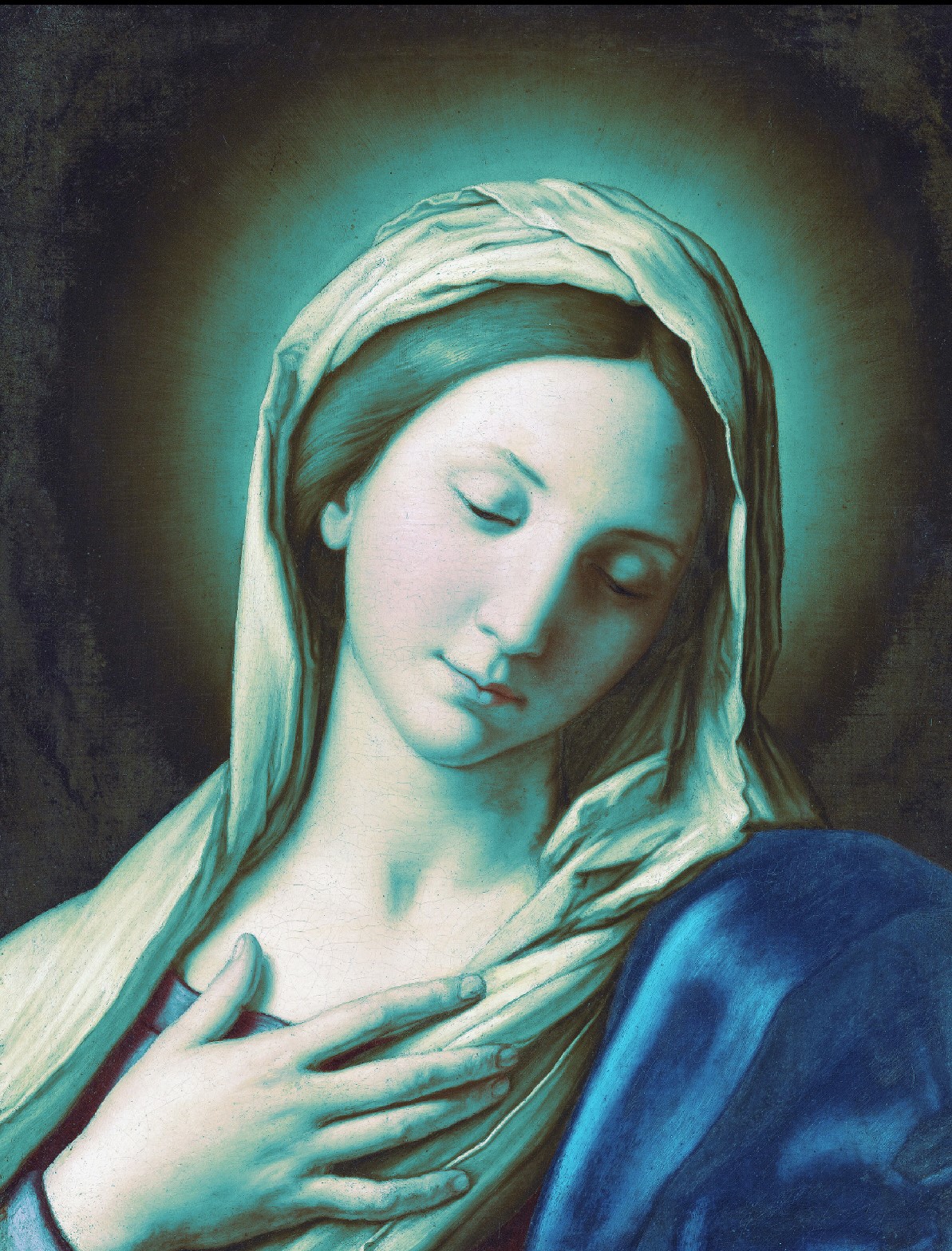The Queen: Editorial: New Image of Mary?
Fr. James McMillan, SMM
New Image . . .
There seems to be something about the age we are living in that impels a good many people in the Church . . .
, , , to believe that the greatest benefit they can bestow on the People of God is a brand new approach to just about everything.
They assume without proof that the religious knowledge of previous generations is totally inadequate for the modern mind. They tell us that we need to revamp our thinking about all of our beliefs; that we need a new understanding of the meaning of religious truths; of the Trinity, the redemption, the Incarnation, in fact, of Christ Himself.
And it is important to note this; they are not referring to a deeper knowledge of the faith or a more thorough grasp of what we already know. That may have been useful in past ages, but the modern mentality, they tell us, demands a new formulation and a new understanding of the ancient dogmas. It must be different or it is not adequate.
To illustrate with one popular instance; Christians have believed for centuries that Christ rose from the dead in a strictly literal sense. He died on Calvary, was buried, and three days later He came forth from the tomb alive. We are now told that this belief is no longer acceptable, since “modern theologians” refuse to accept the truth of a physical resurrection from the dead. Hence the need, they tell us, for a new understanding of Christ’s Resurrection.
It was inevitable, of course, that this search for a new approach to everything would sooner or later be applied to our knowledge of the Blessed Virgin.
. . . of Mary?
The surprising thing is that it took the innovators so long to get around to it. We will cite just one example of what we mean.

Madonna in Prayer: Italian Painter:
Giovanni Battista Salvi da Sassoferrato: 1655 ish
This painting has a filter on top of the painting placed by The Queen. Because of the name of this article, the filter was applied to create a New Image of Praying Mary.
Editorial
From time to time, The Queen will republish Editorials or create new Editorials on various topics.
Return to The Queen: Articles
Last year. there appeared a book entitled, Mary in the New Testament. a work claiming to be based on what is called “the critical approach to biblical research”. In the preface to the book it states the following. “We know that some voices in Christendom have questioned both the propriety and the reliability of the critical approach to biblical research . . . We ourselves recognize its limitations in reaching final theological conclusions. Nevertheless, it is our belief that responsible inquiry into original source material is a necessary task and should further our mutual understanding of issues that have vexed Christian relationships over the centuries.”
Now, no one can quarrel with that. If a group of scholars agree to investigate the role of Our Lady in the New Testament, leaving aside all other sources of knowledge about her, that is certainly their privilege. They are not discussing the full and authentic teaching of the Church. But they are limiting their research only to the New Testament. And if they choose one particular method. in this case the historical-critical method, that is their prerogative. Especially when they warn their readers; “We ourselves recognize its limitations in reaching final theological conclusions.”
And as far as the Church is concerned, . . .
What happens, unfortunately, is that scholarly books are quite often presented to the reading public. Presented in more of a journalistic than a scholarly fashion. And journalists, as we are aware, are inclined to simplify (and occasionally oversimplify) matters for their readers. They have also been known to distort things beyond recognition.
So it was that the book, Mary in the New Testament, was presented to the reading public in at least one newspaper article as, “A New View of the Image of Mary”. The writer left the impression that Catholics no longer have to believe in such truths as the Assumption and the Immaculate Conception, since they are not explicitly mentioned in the New Testament.
Now, we may or may not agree with some of the conclusions set down in Mary in the New Testament. (One reviewer referred to a statement in it as “near blasphemous”.) That is not the issue here. What we are driving at is this! Please do not take everything that you read as the definitive teaching of the Church. Scholars and theologians have their job to do, which is research. Journalists have their job to do, which is to present the news and also to give their impressions.
But neither theologians nor journalists can tell you what you have to believe in matters of faith and morals. That is the function of the Church alone, speaking to us through the Pope and the Bishops.
. . . there is no “new view of the image of Mary”
And as far as the Church is concerned, there is no “new view of the image of Mary”. The image we have of her is the one given to us by the Church. It is derived from both Scripture and Tradition, developed over the centuries and still valid today. She is the Mother of God and the Mother of mankind.
So when you read of a scholar who claims, for example, that there is no evidence in the New Testament for Our Lady’s perpetual virginity, accept the statement calmly for what it is. It is his opinion and only his opinion. And remember that there are plenty of theologians who disagree with him.


